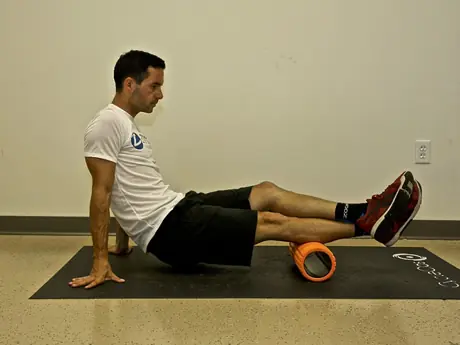
Plantar fasciitis, shin splints, IT band syndrome and strained rotator cuffs...all are common injuries that most triathletes have experienced at some point. While many times athletes consider these injuries to present themselves "out of nowhere", the reality is that these injuries are usually the result of poor movement patterns and inadequate ranges of motion.
Addressing these causes are essential to the success and longevity of your career. Poor movement patterns can be improved through training and drills, as well as assistance from a professional bike fit or swim and run form analysis.
More: 10 Bike Fit Myths...Debunked
Inadequate ranges of motion can be addressed here.
Because of the chronic repetitive nature of endurance sports, tightness and weakness are extremely prevalent in athletes. This is primarily due to three factors:
- Most endurance sports take place in a single forward plane of motion and lack any lateral or side-to-side movements.
- There is limited range-of-motion in active joints.
- Force is applied from active joints in one repetitive direction.
There are multiple techniques to help to improve the mobility of joint capsules. Three of the primary methods to do that include: pressure wave, smash and floss, and traction (banded distraction).
Pressure wave is probably the most well known of the three and consists of focusing pressure on the deep layers of muscle and connective tissue to release knotted up tissues. To perform a pressure wave, use a roller or a ball to pinpoint an area in need of attention, and relax your body weight onto the area. Once in the deepest level of your tissue, begin a pressure wave by slowly rolling your body weight over the area of focus.
More: 3 Ways a Foam Roller Can Help Triathletes
The smash and floss is a technique that allows you to apply deep pressure to an area that is highly knotted down. To perform a smash and floss, use a roller or ball to locate a tight area, and then relax your body weight into the area. From this point, begin slowly moving your joint through a full joint range of motion.
Traction (Banded flossing) consists of using a band to help move your joint into a good working position. Because your tissues adapt to your working positions, using a band to create a distraction will help to pull your joint into the proper position.
The following are five mobility movements using these three techniques:
- 1
- of
- 6
About the Author









Discuss This Article